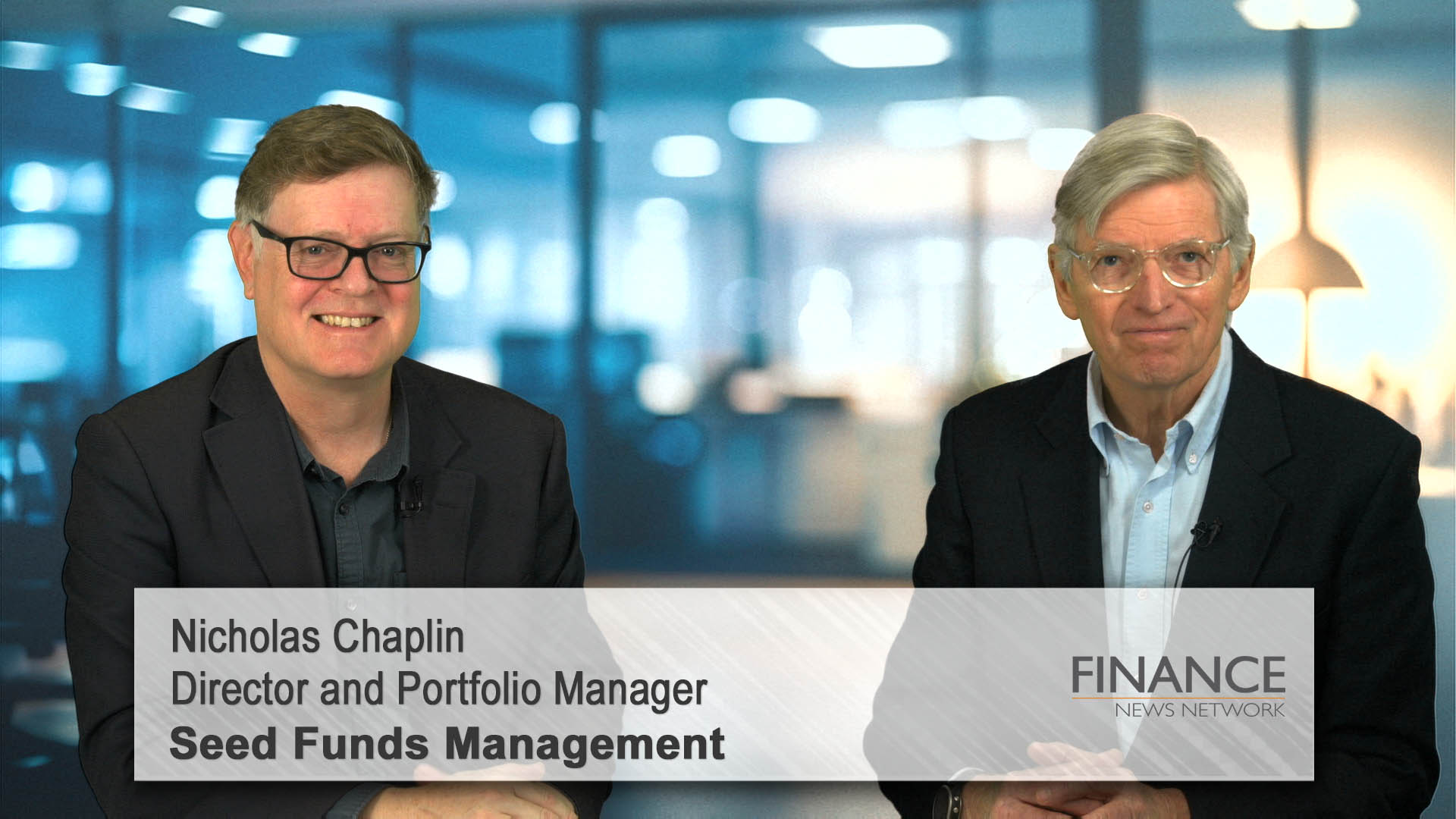by Nikolaj Schmidt –
This year was always going to be difficult, but it has already proved to be tougher than I anticipated. The headwinds facing the global economy at the beginning of the year have not faded but, rather, picked up pace and reached gale‑force speeds. Investors are looking for places to shelter—as well as any signs of when the storm will be over.
There are three main forces shaping the current macroeconomic situation: growth, inflation, and central bank policymaking. The trajectory of the market will be determined by the path and interaction of these three forces. Let’s consider each in turn.
Why We Are Heading Toward Recession
The growth outlook is not positive. The global economy has been hit by a sequence of adverse shocks, the most powerful of which have been those related to the surge in inflation and central bank monetary tightening. One particularly unpleasant feature of the current rise in inflation is that it has hollowed out household purchasing power, which has caused demand to flag. Flagging demand has been worsened by central bank tightening. I expect these shocks to continue weighing on growth over the coming quarters.
The Gathering Storm
Three forces buffeting the global economy

The market entertains a few different views about the trajectory for inflation. Many, for example, believe that inflation will moderate in the near term as supply‑side disruptions fade. However, when I look closely at the inflation releases, the inescapable conclusion seems to be that even if inflation moderates in the near term, it will moderate to a pace that is still well in excess of the major central banks’ inflation targets. In my view, this will maintain pressure on central banks to preserve a tight policy stance.
This takes us to the third force. Central banks are hawkish and appear determined to deliver further monetary tightening. It was notable, for example, that even as financial conditions were tightening and the economy was showing clear signs of cracks, the U.S. Federal Open Market Committee decided in June to accelerate the pace of monetary tightening by raising the policy rate by 0.75 percentage points—the largest increase in the policy rate in a single meeting for almost three decades. In recent policy‑tightening cycles, a combination of weaker activity and rapidly tightening financial conditions would have persuaded the Fed—at the very least—to cease tightening policy. Clearly, this cycle is different. As investors, we must remain keenly aware that the major central banks are not close to throwing in the towel in the fight against inflation. I think global growth will slow much more than the central bankers believe and that their monetary policy stances will therefore prove to be too tight.
Positive Signals to Look Out For
What signals of a change in the market can investors look for? In my view, there would need to be either the end of monetary tightening or signs of an improved growth outlook for financial markets to fare better. Neither of these preconditions is likely to be met in the near term: Central banks just turned more hawkish, and the high‑frequency growth indicators have turned more decisively down. For the major central banks to turn dovish, the inflation pressures that the central banks can control must abate—i.e., we would need to see a softer labor market. The journey toward this destination is not likely to be enjoyable.
How might we be surprised? A significant fall in the price of oil would be a welcome development from both the inflation and the growth angle. Oil usually falls as growth slows, and this could be one of the silver linings of slower global growth. Another potential positive surprise would be if growth‑friendly measures in China gain traction. China is a large economy, and any positive impulse to demand would be welcome.
On the negative side, I remain concerned about the prospect of gas shortages in Europe. Developments over the most recent weeks suggest that this is more likely than consensus anticipates. A shock that leads to energy rationing in Europe and the shutting down of industrial activity will have global repercussions—both weighing on growth and stoking further supply‑side inflation pressures. That would be an increasingly complex environment for central banks to navigate.













